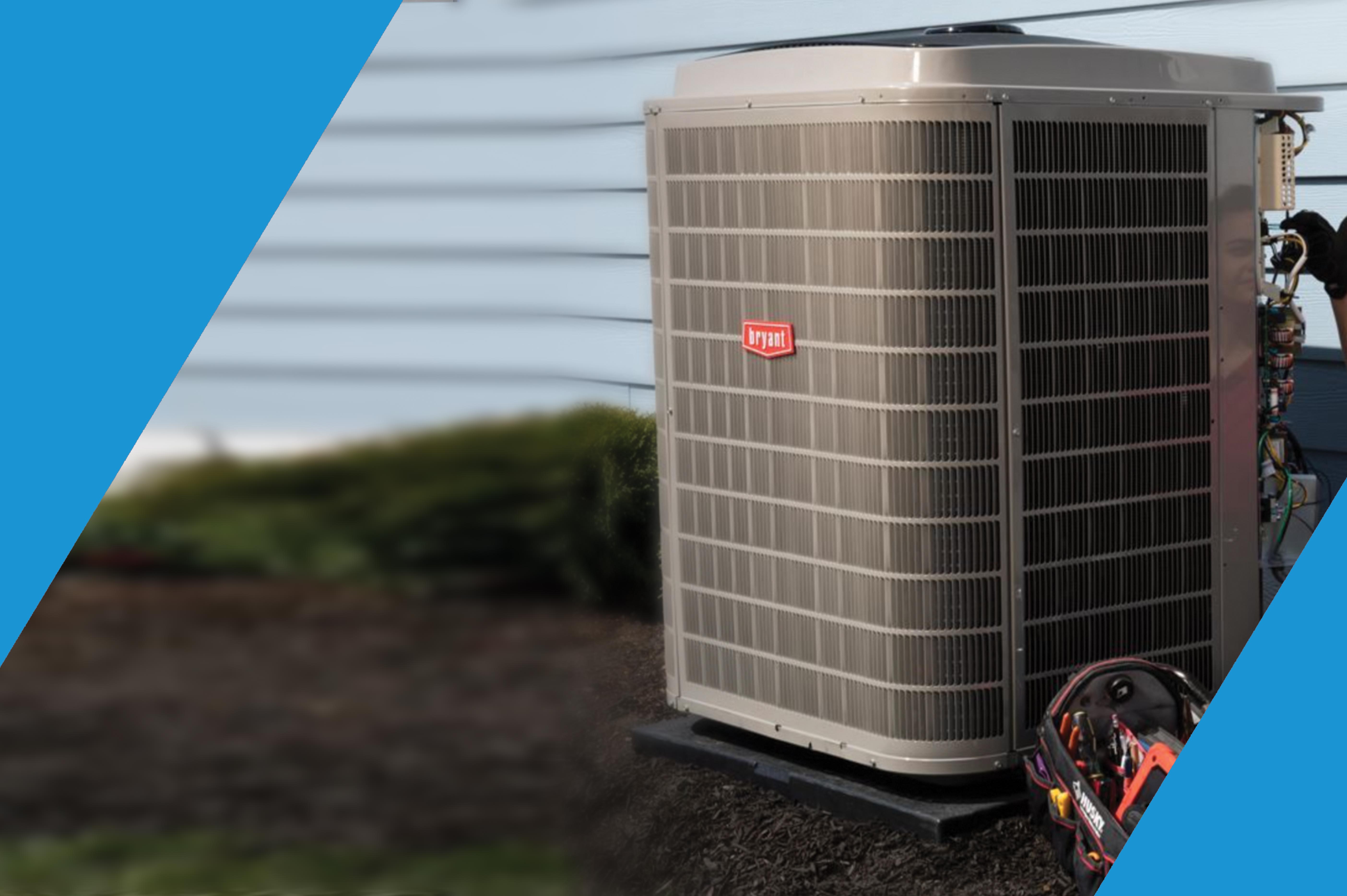

Changing our filters has become a part of daily life when owning a home. There are many questions about which filters to use or when to change them for different furnace systems. To answer all these important questions, we must know what MERV stands for, this is Minimum Efficiency Reporting Value. MERV reports a filter’s ability to capture larger particles between .3 and 10 Microns according to the US Environmental Protection Agency (EPA).
By knowing your filter’s MERV rating, you can judge a filter’s performance and how it will interact with your furnace system. The higher the MERV rating the better the filter is at trapping specific types of particles. For example, if your filters MERV rating is between 1-4 the average particle size efficiency in Microns is 3.0, but if you have the highest MERV rating with a HEPA High-Efficiency Particulate Air Filter you would have a 99.97% efficiency in catching particles in the .3 Micron range.
The best filters of this year would be Aerostar Pleated Air Filter, Filtrete 3M, and AirX Dust Air Filter to name a few. All of these filters have a MERV rating of 8-13 which is highly efficient. Considering the MERV rating, size, and filtration level can also be helpful to find the best filter for your furnace system.
Make sure to follow periodic cleaning and filter replacement as your filter manufacturer recommends. If you have a higher-performance filter, just be aware that this will be changed more frequently but can help with viruses, bacteria, and allergies. You can customize your air quality by knowing the MERV rating on your furnace filter system. The MERV scale will help you balance your air quality and energy efficiency needs, ultimately saving money on your energy bill.







